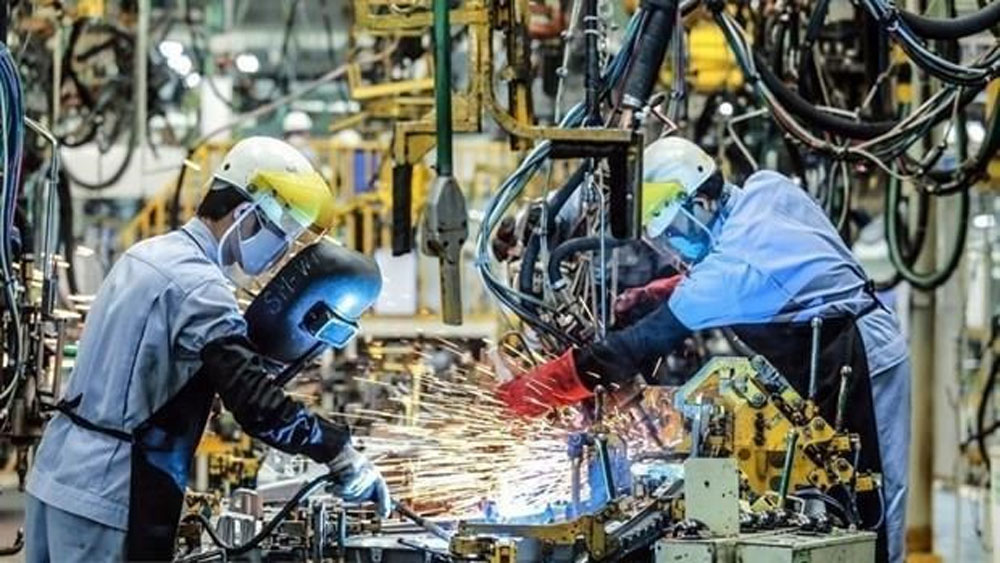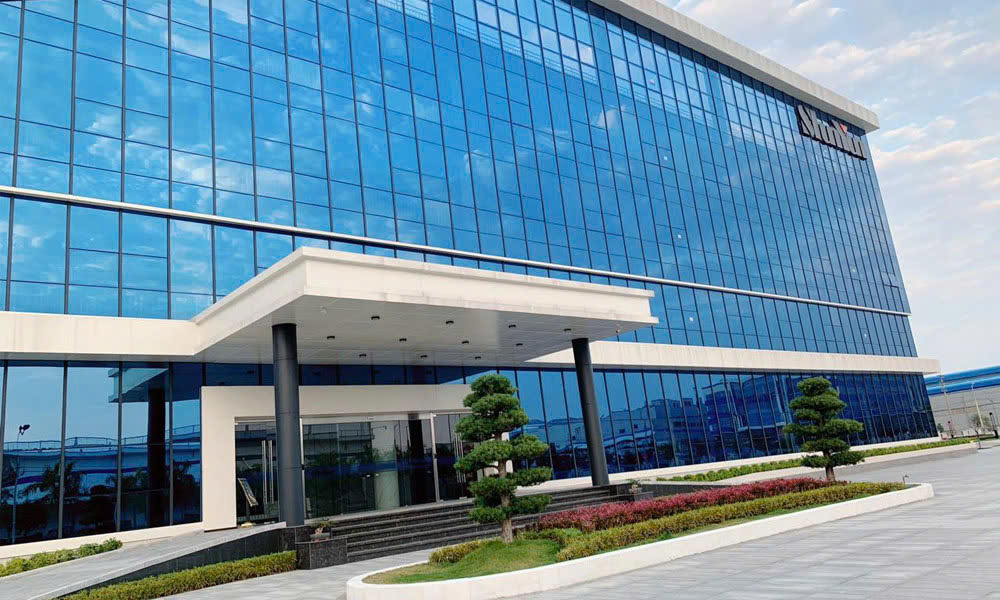Vietnam - bright spot in FDI attraction in ASEAN
The next closest ASEAN countries in the list were Malaysia (13th), Singapore (14th) and Indonesia (18th). Meanwhile, Uruguay topped the list, followed by Saudi Arabia, Luxemburg, India and Poland.
 |
|
Illustrative image. |
The US News and World Report’s rankings were derived from the results of a global perceptions-based survey which saw nearly 7,000 business decision makers rank countries based on eight equally weighted country attributes; economic stability, favourable tax environment, skilled labour force, technological expertise, entrepreneurship, innovation, dynamism and corruption.
Since introducing market-oriented policies under its Doi Moi (renovation or reform) programme in the 1980s, Vietnam’s economic growth has been among the fastest in the world – and FDI has played a large part in that by attracting investment in a variety of sectors, it said.
A total of 112 countries and territories invested in the country in 2018, with Japan leading the way with 8.59 billion USD – followed by the Republic of Korea (7.2 billion USD) and Singapore (5 billion USD0).
The country’s manufacturing and processing sector has traditionally gained the most interest from foreign investors, and the two sectors attracted 16.58 billion USD in FDI last year – followed by the real estate sector (6.6 billion USD) and retail sector (3.67 billion USD).
The country’s Foreign Investment Agency (FIA) last month announced that a total of 14.22 billion USD in FDI has been disbursed so far this year – a 7.3 percent year-on-year increase – and 2,759 new projects with a total commitment of 10.97 billion USD have been approved.
Vietnam began establishing special economic zones (SEZs) to attract labour-intensive manufacturing in the late 1990s and 2000s, and between 60 to 70 percent of all FDIs are in these SEZs.
Drawn to Vietnam by its competitive costs, low wages and developed infrastructure, investors have another reason to stay when they find out about the tax incentives which are applied to a variety of industries and projects throughout the country.
While labour costs may be comparatively lower in Vietnam, the country has emphasised the importance of developing skilled labour as a key factor in encouraging FDI – while also encouraging innovation and increased use of new technologies.
Source: VNA
 Bắc giang
Bắc giang
















Reader's comments (0)